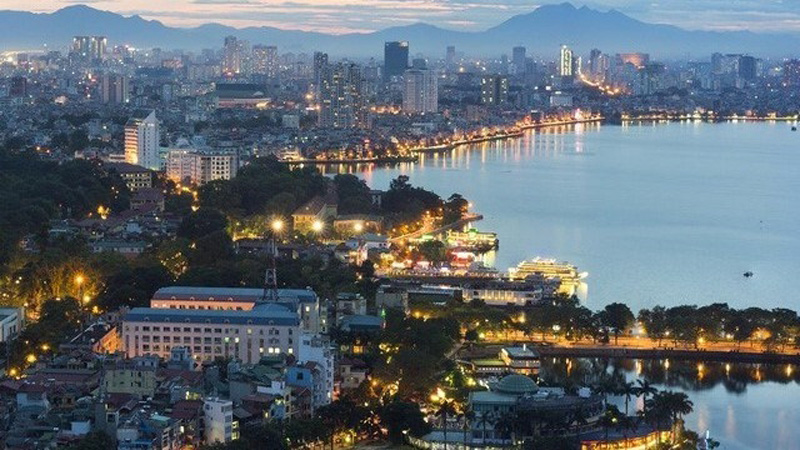
Vietnam’s capital city of Hanoi and the southern economic hub of Ho Chi Minh City are among the five biggest improvers of the quality of life over the past five years, according to the Global Liveability Index 2018 of the Economist Intelligence Unit (EIU) – a research and analysis division of the UK-based Economist Group.

A corner of Hanoi
(Photo: VNA)
This year, Hanoi was ranked 107th out of the 140 surveyed
countries with 59.7 points, up 5.5 percentage points, while Ho Chi Minh City
came in 116th with 57.1 points, up 4.4 percentage points.
The rapid economic development,
alongside the higher scores in the fields of recreational and art activities,
private education, and road infrastructure, were the main factors that helped
the Vietnamese cities increase their places in the ranking.
The ten most liveable cities are Vienna
(Austria), Melbourne (Australia), Osaka (Japan), Calgary (Canada), Sydney
(Australia), Vancouver (Canada), Toronto (Canada), Tokyo (Japan), Copenhagen
(Denmark) and Adelaide (Australia).
Those that score the best tend to be
mid-sized cities in wealthier countries, according to the survey.
Several cities in the top ten also have
relatively low population density. This can foster a range of recreational
activities without leading to high crime levels or overburdened infrastructure.
The ten least liveable cities are Dakar
(Senegal), Algiers (Algeria), Douala (Cameroon), Tripoli (Libya), Harare
(Zimbabwe), Port Moresby (Papua New Guinea), Karachi (Pakistan), Lagos
(Nigeria), Dhaka (Bangladesh) and Damascus (Syria).
The survey of liveable cities is conducted
annually based on various criteria such as stability, health care, culture, the
environment, education, and infrastructure.
Source: NDO
The emulation movement "Hoa Binh joining hands to build new-style rural areas” has been widely spreading, becoming a driving force that motivates the localities to renew rural landscapes and improve the material and spiritual lives of the residents. In this movement, the people play a central role-both as the main implementers and direct beneficiaries of its outcomes.
In response to the global digital revolution, Hoa Binh Newspaper is transforming itself into a modern and multi-platform media hub, blending cutting-edge technology with a restructured newsroom and a new generation of tech-savvy journalists.
Hoa Binh province’s Association of the Elderly recently held a conference to review the project on expanding the inter-generation self-help club model until 2025.
In a move to implement Resolution No. 57-NQ/TW, issued on December 22, 2024 by the Politburo, which targets breakthroughs in science-technology development, innovation, and digital transformation, the Hoa Binh provincial Department of Health has issued a plan to roll out the "Digital Literacy for All” campaign within the local health sector.
An Nghia Commune (Lạc Sơn District) is one of the communes that achieved the tha standard of the national new rural area in 2018. Entering a new development phase, the commune is now trying to meet the criteria for the advanced new rural development. With the strong political will and the public consensus, the commune is gradually overcoming the challenges to reach this goal, aiming for the sustainable development.



